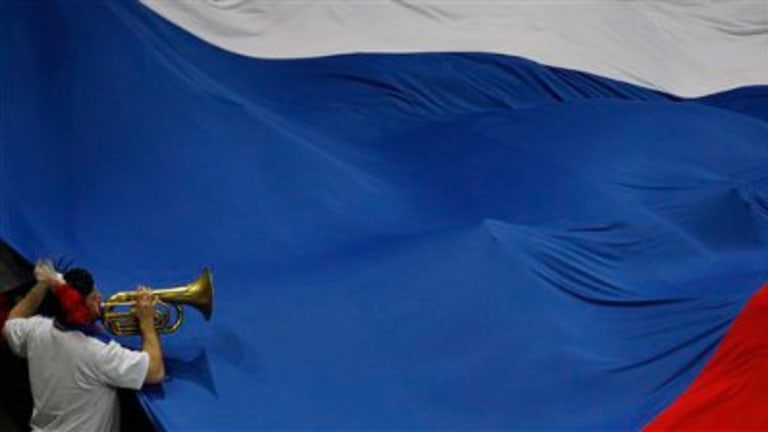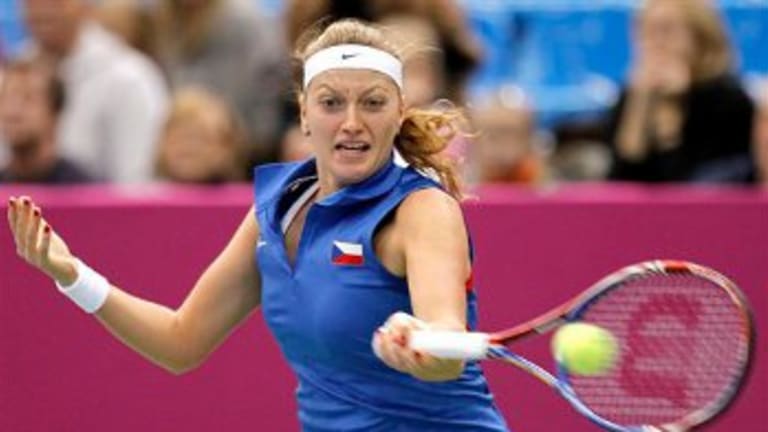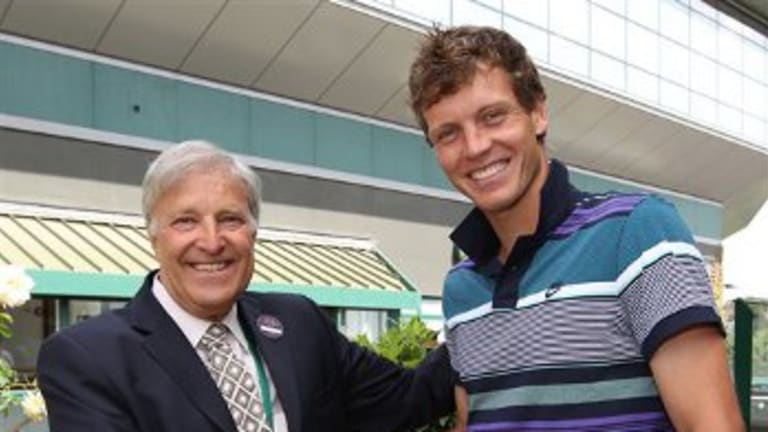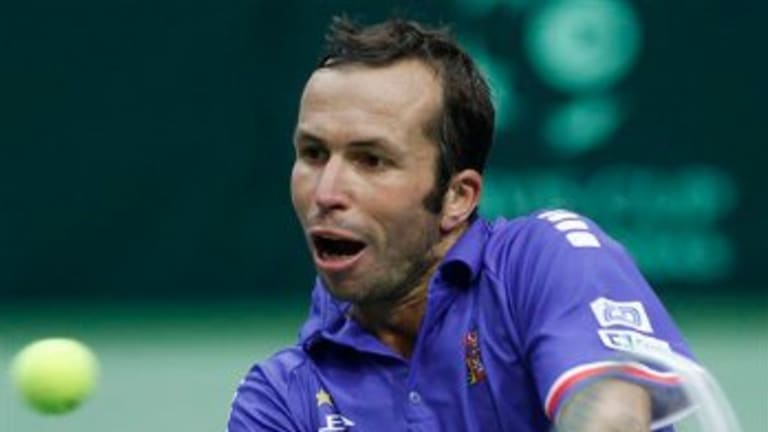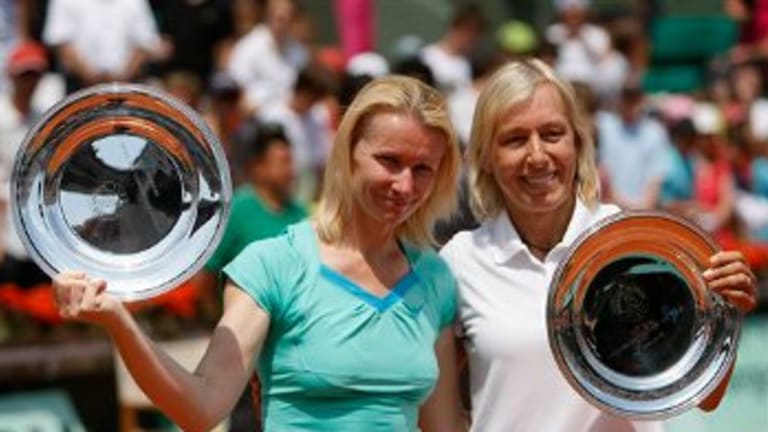The Czechs haven’t just produced towering champions; they’ve also produced tremendously proficient ones—skilled ones, tough ones, fit ones, and strikingly big, raw-boned ones, two of whom are at the tip of this two-pronged Davis and Fed Cup spear: Tomas Berdych, presently the country’s top male, and his female counterpart, Petra Kvitova.
Berdych has reached a Grand Slam final and may yet win one of the prized majors; Kvitova, despite being just 22, has salted one away already, last year at Wimbledon. But Czech distinction isn’t really about champions, who are unique individuals that pop up almost anywhere (think Roger Federer, Gustavo Kuerten, Bjorn Borg). The amazing thing about the Czechs is that they have produced such a strong stream of extremely-good to great players over such a long period of time.
As well as the Grand Slam events and tours keep records, there’s nothing like the Davis and Fed Cup record book for surveying tennis history. While geopolitical and historical details have sometimes influenced the record (Lendl and Navratilova, for example, expatriated from communist Czechoslovakia to the U.S. early in their careers), everyone who is anyone in tennis has played at least some for his or her nation. Just how much—and how successfully—is yet another way to measure the place of a player in the game, as well as his or her longevity.
Take <strong>Ladislav Hecht</strong>, for example, the Czech who was ranked No. 6 in the world in his prime during the 1930s. He was 18-19 in Davis Cup (14-15 in singles), won the German Open, and was a two-time finalist at the Italian Open. He was considered by many the best European player in the period preceding World War II.
Hecht had wins over Bobby Riggs, Jack Crawford, and Fred Perry. In 1938, when Don Budge achieved a Grand Slam by winning the world's four major tournaments, Hecht twice had him at match point at Wimbledon.
A Jew, Hecht fled Czechoslovakia when the tanks of the Nazi regime began to roll, and he lived out his life in relative peace and serenity, often playing senior USTA tennis in Kew Gardens, Queens—a stone’s throw from the Billie Jean King National Tennis Center.
In the post-WWII era, the first prominent Czech was <strong>Jaroslav Drobny</strong>. He lost the 1949 Wimbledon final, and came under such heavy criticism in what had become his Communist homeland that he defected to Egypt. Drobny went on to win three majors: Two at the French Open (he also lost three finals at Roland Garros) and one at Wimbledon, over legend-in-the-making Ken Rosewall.
Drobny was 32 at the time he finally won Wimbledon, and capturing that elusive title proved his last hurrah. He also had a terrific Davis Cup record—37-6, 24-4 in singles—but played just four years for Czechoslovakia. In two of those years, he lifted the team to the semifinal stage.
Let’s take a quick survey of some of the Czech men who succeeded Drobny, keeping in mind that in this country, there’s always a Jiri Hrebec here, a Bohdan Ulihrach or Ivo Minar there. We’ll go alphabetically:
